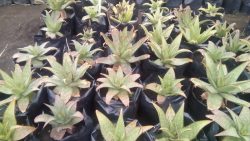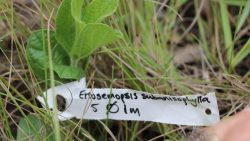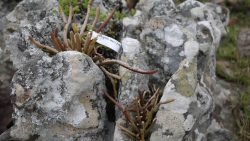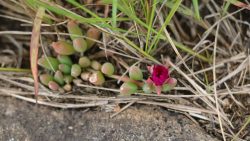Location:
Msikaba river haul/approach road corridor and bridge site
The site is located within the Ngquza Hill Municipality of the Eastern Cape. Access to the southern haul/approach road corridor and bridge site is gained from the nearest town, Lusikisiki (located on the R61), along district road DR08024, of which the first 7 km portion is concrete surfaced and the remaining 17 km is gravel.
Access to the northern haul/approach road corridor and bridge site is gained from Flagstaff, along approximately 55 km of roads, starting on district road DR18023, of which the first 30 km is surfaced and passes through Holy Cross Mission. The remainder of the district roads to the study area comprises gravel roads.
Key Roles and Responsibilities
- Establish and maintain a temporary plant nursery in each of the earmarked construction camp sites at the respective southern and northern banks of the Msikaba river, or in a suitable area as may be agreed with the Engineer and the project environmental team. Each nursery should include an adequate storage area;
- Undertake the required tasks as set out in the Plant Search and Rescue Plan and Method Statement: Rehabilitation of Disturbed Watercourses, as appropriate to the Msikaba haul/approach road corridor and the respective bridge site;
- Plant material listed as Protected, Vulnerable or Rare must be rescued, as appropriate. Additional plant species of special concern suitable for rehabilitation should be rescued;
- Harvest plant material for mulching – i.e. for the purpose of introducing a cover material during hydroseeding, and to provide a protective layer for seeding – in areas which are to be denuded of vegetation during construction activities;
- Harvest exposed and weathered rocks, as appropriate, for placement in suitable locations in disturbed areas at completion of the works;
- Undertake seed collection and storage from the haul/approach road corridors, bridge sites and adjacent areas;
- Undertake plant propagation of suitable species (from seeds and cuttings, as appropriate);
- Undertake vegetative rehabilitation through reintroduction of rescued and propagated plant material and seeding, as appropriate; and
- Undertake maintenance of rehabilitated areas by way of weeding, watering, and replanting and repair of damaged areas.
Plant Search and Rescue operations are conducted in accordance with the following Legal Requirements
- National Environmental Management: Biodiversity Act (Act 10 of 2004), including Threatened or Protected Species Regulations;
- National Environmental Management Act (Act 107 of 1998);
- National Forests Act (Act 30 of 1998);
- Transkei Environmental Conservation Decree (Decree No 9 of 1992).





























